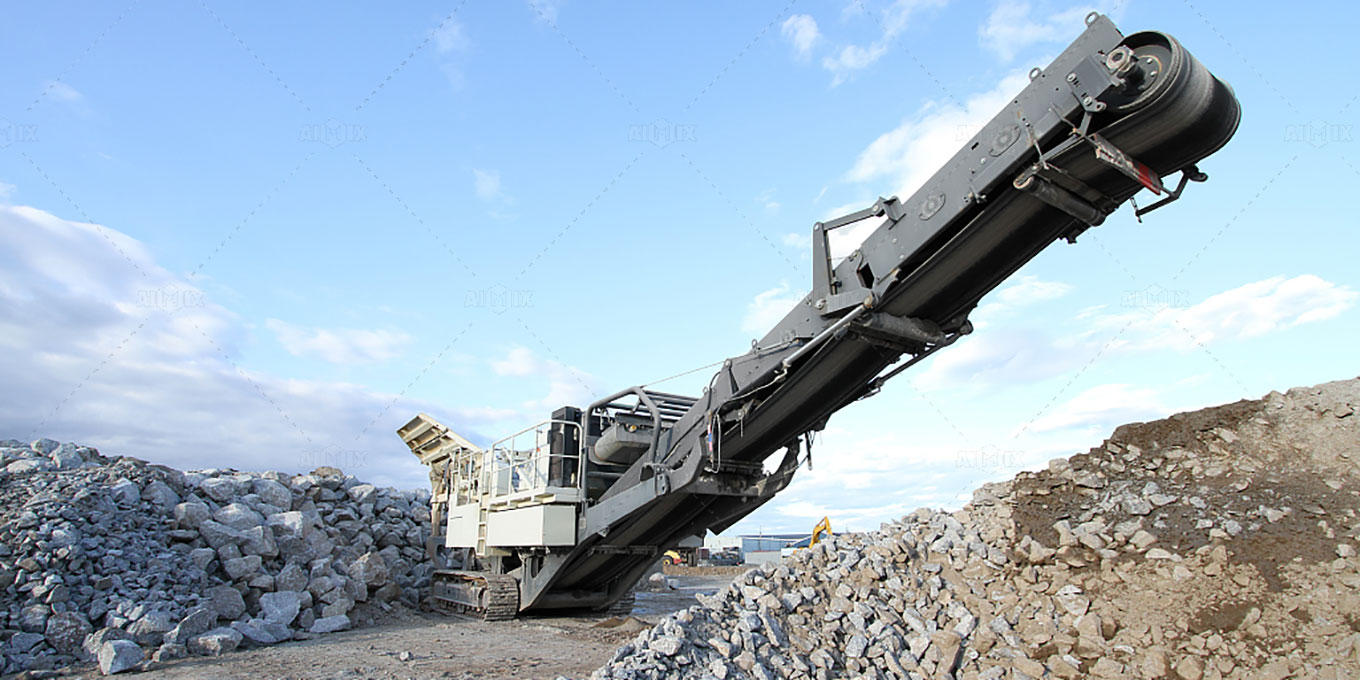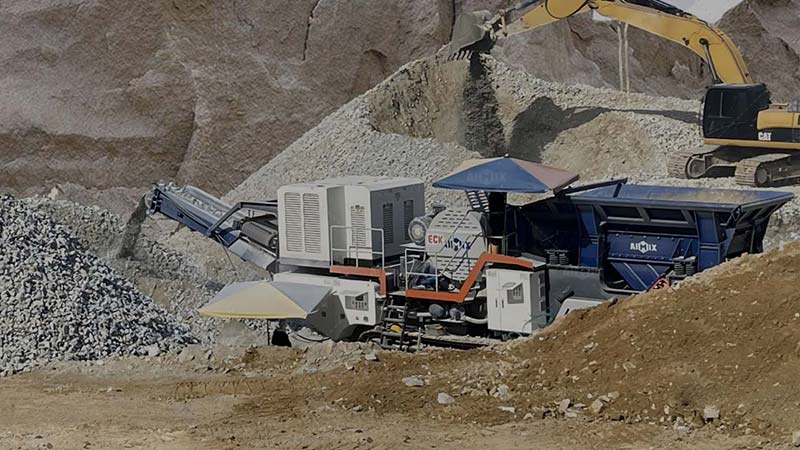Gravel is more than just crushed stone. It is the lifeblood of modern construction, forming the foundation of everything from highways to towering skyscrapers. Without precision-crushed aggregates, structures would be weaker, roads would degrade faster, and construction costs would skyrocket. Gravel crusher, operating with relentless efficiency, transform raw rock into meticulously sized materials, ensuring strength, stability, and sustainability across a vast array of building projects.
From Roads to Skyscrapers: Why Gravel Matters
The Backbone of Modern Construction
Imagine a world without properly graded gravel. Roads would crumble, concrete would crack prematurely, and buildings would lack the structural integrity they need to stand tall for decades. Gravel provides the essential binding and support structure in construction, reinforcing asphalt, concrete, and sub-base layers.

How Different Aggregate Sizes Serve Varied Purposes
Not all aggregates are created equal. Fine aggregates, such as sand, contribute to smooth concrete finishes and optimal workability. Medium-sized gravel forms the solid base layers for roads and pathways. Coarse aggregates, often used in foundation work, provide the skeletal structure for reinforced concrete and drainage systems. Every particle size plays a crucial role in construction efficiency, load-bearing capacity, and long-term durability.
Crushing Technology: Turning Raw Rock into Perfect Aggregates
Primary, Secondary, and Tertiary Crushing Processes
Crushing raw stone into the ideal aggregate involves multiple stages. Primary crushers handle the heavy lifting, breaking down large boulders into manageable chunks. Secondary cone crushers refine these chunks into consistent mid-sized gravel. Tertiary crushers, often using high-speed impact mechanisms, shape and polish aggregates to meet stringent specifications.
The Role of Jaw, Cone, and Impact Crushers
Each type of crusher brings unique advantages to the aggregate production process. Jaw crushers provide brute-force breaking power, ideal for primary crushing. Cone crushers, with their precision grinding action, deliver uniform aggregate sizes. Impact crushers, using high-velocity rotor action, create angular and rough-textured stones, enhancing adhesion in concrete and asphalt. The right combination of crushing equipment ensures a balanced and well-graded aggregate mix.

Quality Aggregates: The Key to Strong and Sustainable Construction
How Well-Graded Aggregates Enhance Durability
The secret to crack-resistant concrete and long-lasting roads lies in aggregate gradation. Properly crushed and graded gravel creates densely packed structures, reducing voids and increasing load distribution efficiency. This prevents early wear and structural failures, ensuring maximum longevity for infrastructure projects.
The Environmental and Economic Benefits of Precision Crushing
Efficiency in gravel crushing isn’t just about producing high-quality aggregates—it’s about minimizing waste and optimizing resources. Modern mobile crusher plant incorporates automated controls, energy-efficient motors, and dust suppression systems, reducing environmental impact while lowering operational costs. Additionally, recycling old concrete and repurposing demolition waste through advanced crushing techniques reduces the demand for virgin aggregates, promoting sustainable construction practices.
Conclusion
From highways stretching across continents to skyscrapers piercing the skyline, gravel remains the unsung hero of construction. The right crushing technology ensures that aggregates meet exacting standards, delivering strength, durability, and sustainability in every project. As demand for high-quality aggregates continues to rise, precision-driven gravel crushers will remain the cornerstone of modern construction, shaping the world—one crushed stone at a time.

Comments
No comments yet. Be the first to react!